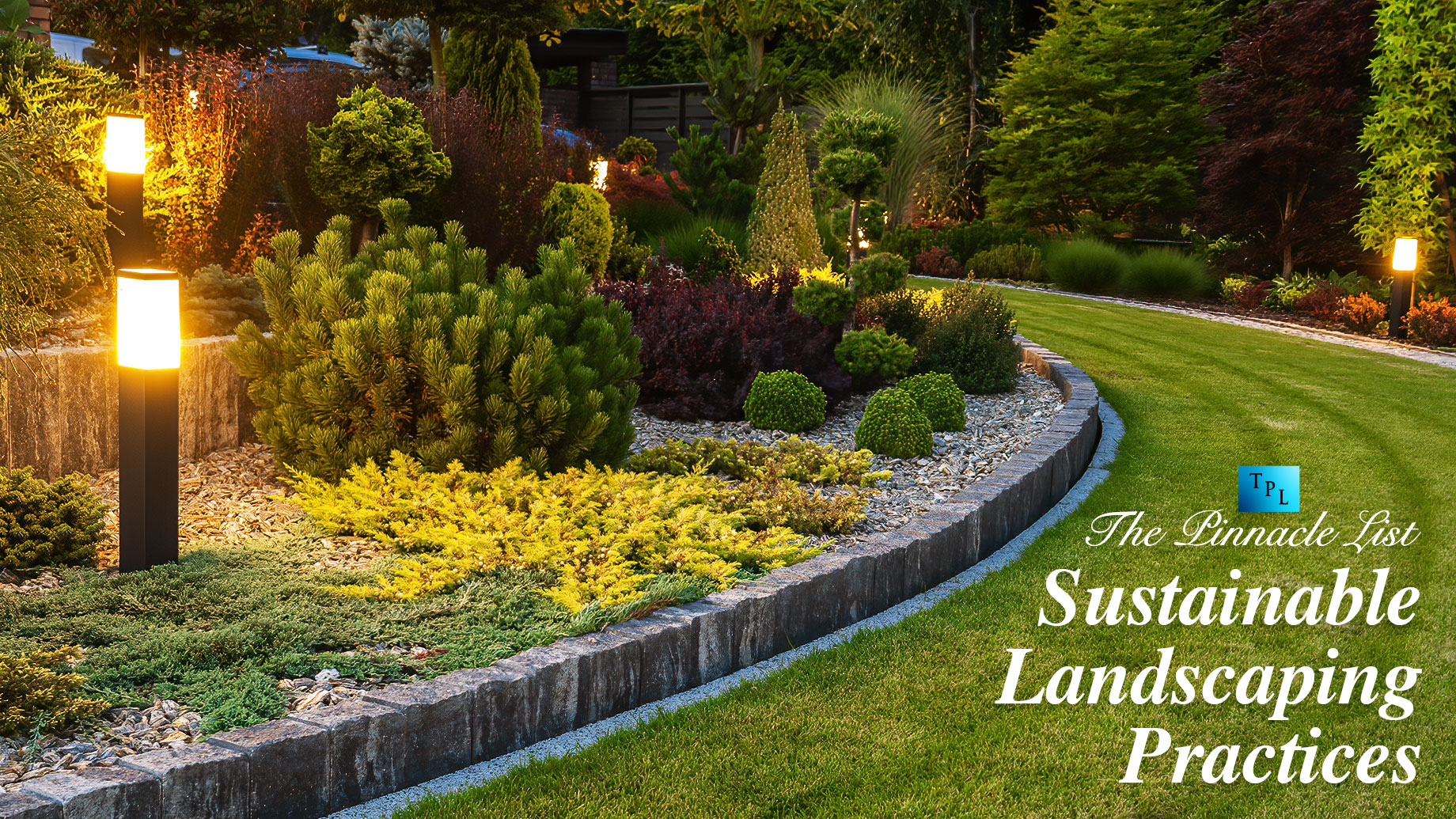
Sustainable landscaping practices are essential to creating a beautiful landscape while saving resources and protecting our environment. By implementing sustainable landscaping methods, you can create a stunning outdoor area that is both environmentally friendly and cost-efficient. Sustainable Winnipeg landscaping focuses on reducing the amount of water, energy, and other resources used in caring for your yard while also preserving precious wildlife habitats.
In this guide, we’ll discuss 10 simple yet effective tips for making your landscape more sustainable.
1. Use Native Plants
Native plants are those which have evolved over time to grow well in their local climate and environment without the need for large amounts of water or fertilizer. By using native plants in your yard, you will reduce the strain on your landscape’s water and energy resources while also encouraging local wildlife to thrive. Native plants are often hardy, require no pesticides, and can be found in a variety of colors and textures.
2. Install Water Conservation Systems
Installing a water conservation system is one of the most efficient ways to reduce water usage for outdoor activities such as lawn care and gardening. These systems use advanced technology to collect rainwater or recycled gray water from other sources such as washing machines or showers, and then distribute it throughout your yard. This method reduces wastewater runoff, conserves water supplies, and keeps your costs down.
3. Reduce Fertilizer Use
Using too much fertilizer can cause environmental damage by polluting nearby water sources. To minimize this risk, use organic fertilizer or reduce your reliance on chemical-based products. If you must use a chemical fertilizer, be sure to follow the directions carefully and apply it at the recommended rate for your particular plants and soil type.
4. Practice Composting
Composting is an effective and sustainable way of recycling yard waste such as leaves, grass clippings, and food scraps into nutrient-rich compost that can be used in place of commercial fertilizers to nourish your garden. Composting not only helps reduce landfill waste but also improves soil quality by providing essential nutrients for better plant health.
5. Consider Renewable Energy Sources
Renewable energy sources such as solar power are becoming increasingly popular for powering outdoor structures and irrigation systems. Installing solar-powered lights, water pumps, and other devices can eliminate the need for costly energy sources and help reduce your overall environmental impact.
6. Make Use of Mulching
Mulch is a great way to conserve water, regulate soil temperatures, and reduce weed growth. Using organic mulches such as wood chips or shredded bark helps trap moisture in the soil and can also add nutrients to your landscape over time. Additionally, it can help prevent soil erosion and keep weeds from sprouting.
7. Engage in Smart Irrigation Practices
Smart irrigation systems use sensors to measure soil moisture levels and determine when and how much water should be applied to plants and lawns. This helps save up to 50% on outdoor water usage by eliminating overwatering and conserving resources at the same time. Additionally, using soaker hoses or drip irrigation can reduce water waste even further.
8. Minimize Lawn Size
Having a large lawn may look nice, but it also requires a great deal of resources to maintain. To reduce your environmental impact, consider reducing the size of your lawn and replacing it with native plants or other low-maintenance landscaping features. This will help conserve water and energy while adding interest and beauty to your outdoor area.
9. Create Wildlife Habitats
Creating a wildlife habitat in your yard is an easy way to provide shelter for birds, butterflies, and other local creatures while also giving you the opportunity to observe nature at work firsthand. Planting native trees, shrubs, flowers, vines, and grasses provide food sources as well as a protective cover for these creatures. Additionally, installing birdhouses or water features can also draw wildlife to your yard.
10. Implement Low-maintenance Designs
Low-maintenance landscaping designs are ideal for those looking to conserve resources while still having an attractive outdoor space. Consider using drought-resistant plants and materials such as gravel and mulch that require less care and upkeep over time. This allows you to enjoy a beautiful landscape without spending too much effort or money in the process.
Conclusion
By following these simple tips and integrating sustainable landscaping practices into your yard design, you can create a beautiful landscape while also protecting our environment. Sustainable landscaping is not only cost-effective but also helps protect precious wildlife habitats. With these methods, you can enjoy a stunning outdoor area without sacrificing the health of our planet.